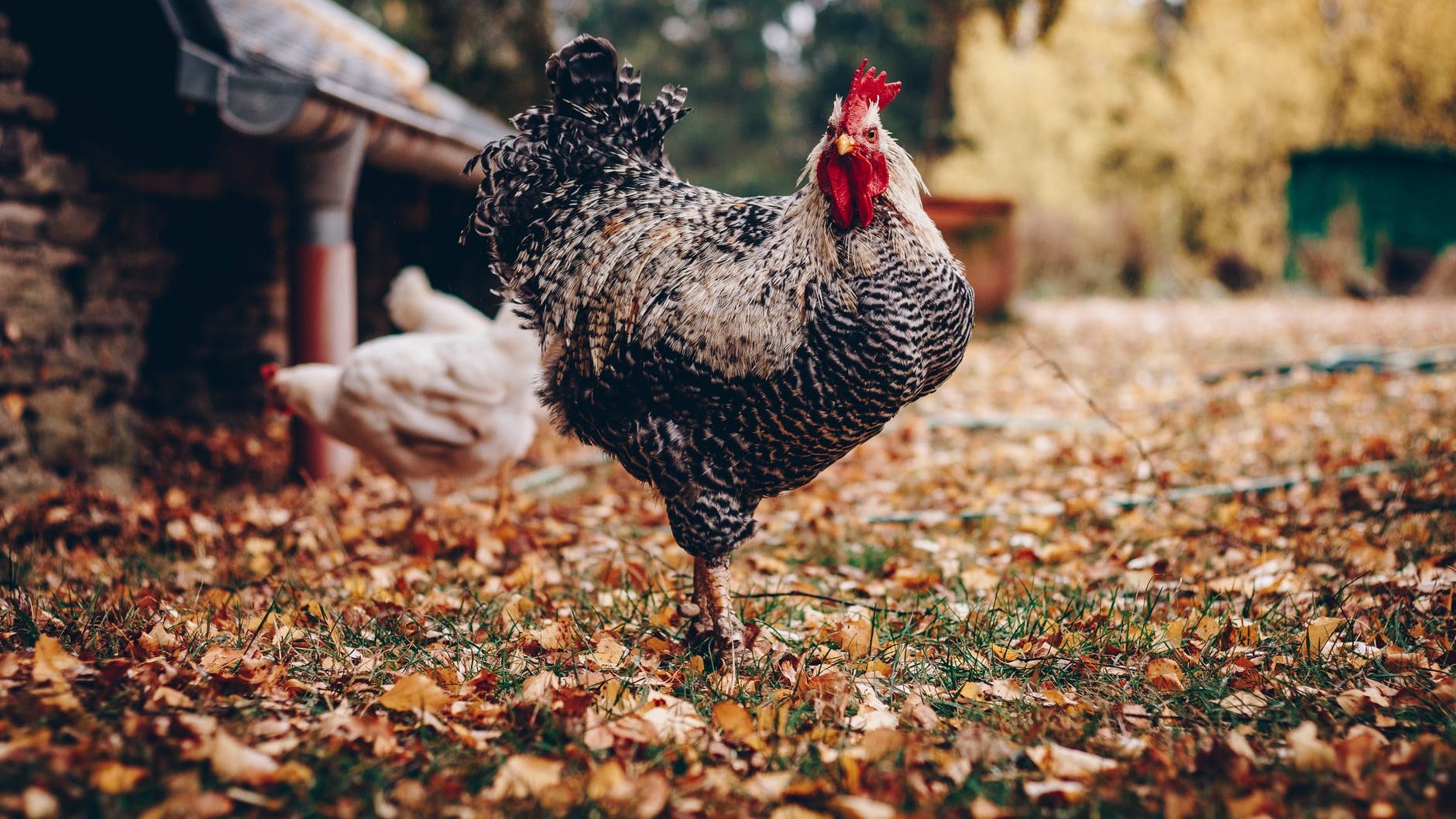Raising chicks is a rewarding experience, but it comes with its own set of challenges, one of which is preventing chick pile-up. This phenomenon can lead to severe consequences, including injury and even death among young chicks. Understanding how to manage this risk is crucial for every poultry enthusiast.
In this article, we will explore the various factors that contribute to chick pile-up and provide practical solutions to keep your chicks safe and healthy. We will also touch upon important elements such as brooder design, temperature control, and chick behavior to offer a comprehensive guide for anyone involved in chick rearing.

Understanding Chick Pile-Up
Chick pile-up occurs when chicks huddle together excessively, often leading to suffocation or injuries. This behavior is typically a response to environmental stressors such as cold temperatures or fear. Understanding the causes is the first step toward preventing chick pile-up.
Causes of Chick Pile-Up
There are several factors that can lead to a chick pile-up:
- Temperature Fluctuations: Chicks naturally seek warmth, and if the brooder temperature is not regulated, they may huddle too closely together.
- Overcrowding: A brooder that is too small for the number of chicks can cause them to pile up as they compete for space.
- Fear or Stress: Loud noises or sudden movements can frighten chicks, causing them to cluster together for safety.
Designing the Ideal Brooder
Creating a safe and comfortable environment is key to preventing chick pile-up. A well-designed brooder can make a significant difference.
Choosing the Right Size
Ensure that your brooder is spacious enough for all chicks to move freely. As a rule of thumb, provide at least 0.5 square feet per chick. For more tips on designing a brooder, you can check out this guide on small chick brooder design.
Temperature Control
Maintaining the correct temperature is critical. Use a heat lamp to provide a consistent heat source, and monitor the temperature regularly. The ideal temperature for chicks starts at 95F (35C) in the first week and decreases by 5F each subsequent week.
Proper Ventilation
A brooder needs adequate ventilation to prevent the build-up of harmful gases and to keep the chicks comfortable. However, avoid drafts that can lead to cold stress.
Behavioral Observations
Monitoring chick behavior can provide valuable insights into their well-being and help in preventing chick pile-up.
Identifying Stress Signals
Chicks may exhibit signs of stress, such as loud chirping or lethargy. Identifying these signals early can help in taking corrective actions swiftly.
Encouraging Natural Behavior
Provide opportunities for chicks to engage in natural behaviors like dust bathing and foraging. This not only keeps them occupied but also reduces stress levels.
Feeding and Hydration
Proper nutrition and hydration are essential for chick health and can indirectly help in preventing chick pile-up.
Providing Balanced Nutrition
Ensure that chicks have access to a balanced diet that meets their nutritional requirements. This promotes healthy growth and reduces stress-related behaviors.
Hydration is Key
Always provide clean and fresh water. Dehydration can lead to increased stress, making chicks more likely to pile up.
For more on keeping feed dry and accessible, visit this resource.
Cleaning and Maintenance
Regular cleaning of the brooder is crucial in maintaining a healthy environment for chicks and preventing chick pile-up.
Regular Bedding Changes
Dirty bedding can become a source of stress and disease. Change bedding regularly to keep the environment fresh. For tips on bedding management, read this article.
Sanitizing the Brooder
Sanitize the brooder frequently to prevent infections and other health issues. This helps in keeping the chicks comfortable and relaxed.
Eco-Friendly Practices
Adopting eco-friendly practices is beneficial for both the environment and your chicks. Consider using sustainable materials for your brooder and bedding. Learn more about eco-friendly brooders here.
Conclusion
Preventing chick pile-up requires a multifaceted approach, involving proper brooder design, temperature control, behavioral monitoring, and regular maintenance. By following the guidelines outlined in this article, you can ensure a safe and supportive environment for your chicks, setting the foundation for their healthy growth.

FAQs
Why do chicks pile up?
Chicks pile up primarily due to cold temperatures, overcrowding, or stress. Ensuring a well-regulated environment can help prevent this behavior.
How much space do chicks need?
Each chick should have at least 0.5 square feet of space in the brooder to move freely and reduce the likelihood of piling up.
What temperature should a chick brooder be?
The ideal starting temperature for a chick brooder is 95F (35C), decreasing by 5F each week as the chicks grow.
This article contains affiliate links. We may earn a commission at no extra cost to you.










